Three swords in the National Museum
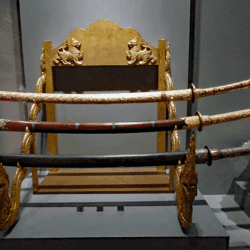
I have a soft spot for old weapons and in the National Museum in Bangkok there is a beautiful display case in the room with royal regalia in which three Dap or Siamese traditional swords are neatly displayed one above the other.
The Rolin-Jaequemyns Mission Legal Advisers

In order to fully form part of the European-dominated world order of the late nineteenth century, a number of non-Western states were diplomatically put under 'gentle pressure' by the great powers at the end of the nineteenth century to comply with a number of conditions. For example, Siam – present-day Thailand – had to adopt a modern legal system, comply with international legal rules, set up a diplomatic corps and have properly functioning government bodies.
The Chiang Mai Foreign Cemetery
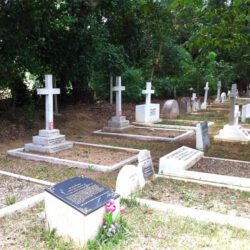
In a previous post I briefly considered the historic Protestant cemetery in Bangkok. Today I would like to take you to an equally intriguing necropolis in the north, in the heart of Chiang Mai. This cemetery is located on the old road from Chiang Mai to Lamphun next to the Gymkhana Club.
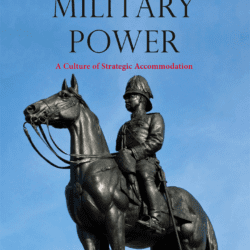
I am not telling you a secret when I say that the influence of the Thai army on the social and political developments in the country in the last century has been indispensable. From coup to coup, the military caste not only managed to strengthen its position but also – and this until today – to maintain its grip on the country's government.
Mae Salong's 'Lost Army'
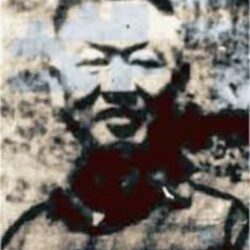
In 1949, Mao Zedong's forces defeated the Kuomintang. Many of them, including Chiang Kai-shek, fled to Taiwan, but the 93rd Division of the 26th Army Corps and the remnants of the Chinese Nationalist Army's 8th Army Corps, numbering some 12.000 men plus their families, systematically managed to retreat. fighting, to escape from Yunnan in their own version of Mao's 'Long March' and decided to continue the fight from Burma.
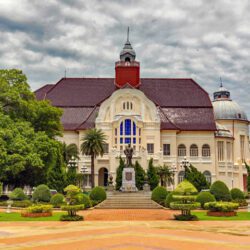
In the two previous contributions about foreign influences in Siamese and Thai architecture, I paid attention to the Italians. I like to conclude by taking a moment to reflect on the intriguing figure of the German architect Karl Döhring. He did not produce nearly as much as the aforementioned Italians, but the buildings he erected in Siam are, in my humble opinion, among the most beautiful that the strange mix between local and Farang architecture could produce.

Tino Kuis gave a very favorable book review of 'Woman, Man, Bangkok. Love, Sex and Popular Culture in Thailand by Scot Barmé He read this book in one breath as if it were a political thriller and promised more. Here again a contribution based on Barmé's book. About polygamy or polygamy.
The Dharmasala Route from Angkor to Phimai
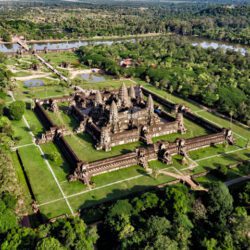
The core area of the immense Khmer empire (9th to half of the 15th century) – to which a large part of present-day Thailand can be counted – was centrally controlled from Angkor. This central authority was connected to the rest of the empire by a network of navigable waterways and more than a thousand miles of well-maintained paved and elevated roads equipped with the necessary infrastructure to facilitate travel, such as covered staging areas, medical posts, and water basins .
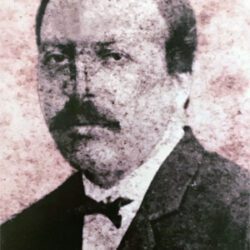
With the arrival of the first Europeans in the sixteenth and seventeenth centuries, it was not long before Western elements appeared in Siamese architecture. The leading class in Ayutthaya looked with surprise and perhaps also some admiration at the strange structures that were erected by these foreigners on the outskirts of the city and especially the craftsmanship with which this was done.
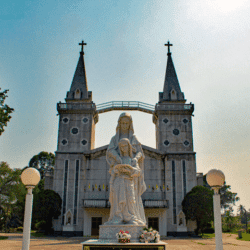
In the years 1940 to 1944, the Catholic community in Thailand was persecuted for being seen as a 'fifth column' in the conflict with French Indochina.
Generals who called the shots: Thanom Kittikachorn
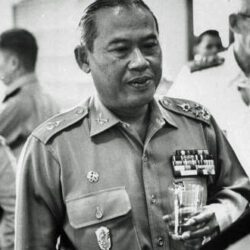
If there has been one constant in the more than turbulent Thai politics over the last hundred years or so, it is the military. Since the military-backed coup d'état of 24 June 1932 that ended absolute monarchy, the military has seized power in the Land of Smiles no fewer than twelve times
King Taksin, a fascinating figure
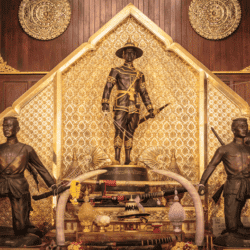
King Taksin the Great was a special man. From a very humble background, he became a brilliant general who liberated Thailand from the Burmese and unified the country again. He crowned himself king, restored the economy, promoted art and literature, and helped the poor.
The disappearance of the Thai Noi script
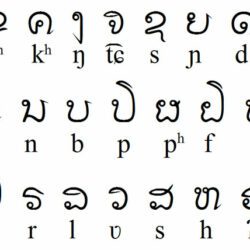
In many cases, languages disappear as a result of cultural struggles, unequal power relations or simple language constraints, where the problem often lies much deeper than the purely linguistic but has everything to do with threatened self-esteem and identity, the denial of self-determination and the freedom to maintain cultural traditions . A good example of the latter can be found in Thailand, more specifically in Isaan, where Thai Noi had to disappear for the majority written language.
How Siam/Thailand responded to the pull of the West
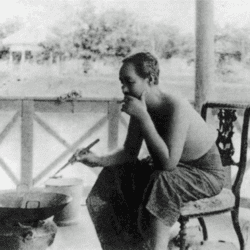
How did Thailand respond to contacts with the West? How did they view the West? Which things did they admire and which aroused their aversion? What did they adopt, how and for what reasons, and what did they reject? A short cultural guide.
Wat Ku Phra Kona: a remarkable example of heritage care
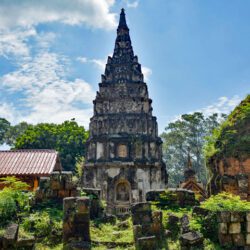
Some time ago, when I was looking for monumental Khmer relics in the vicinity of my home in Satuek, I stumbled upon Wat Ku Phra Kona in the south of the province of Roi Et. Coincidence, because this Khmer ruin is missing from just about every self-respecting travel guide. It is, however, one of the northernmost Khmer shrines.
Ya Mo: Not a kitten to handle without gloves
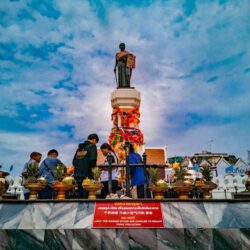
Strong women have often played a key role in Siam's turbulent history. One of the most famous examples of this is undoubtedly Thao Suranaree or Ya Mo as she is called in Isan. However, there was nothing in her youth to indicate that she would play a decisive role at a turning point in Siamese history, on the contrary.
Bang Rajan: a touch of Wahrheit and a lot of Dichtung….

Bang Rachan is a household name in Thailand. In fact, it illustrates how thin the line is in Thai historiography between Wahrheit & Dichtung. It's kind of like a Thai version of the well-known Asterix & Obelix stories: We go back to the year 1765. All of Siam is under the Burmese knot except for the brave inhabitants of one small village who stop the Burmese legions…






